That seems like an old question, so I am unsure which grafana version it was about. I don't think, however, that this functionality had changed between March 2017 and now (August 2018). Documentation link and description quoted in the question is about additional legend values, when the question is about custom legend values.
Grafana has a fixed, predefined set of additional legend values, as described in the documentation and the quote: Total, Current, Min, Max, Avg. The last one (Decimals) is not a value, it's a setting of how many decimals to display. So additional legend values could be only enabled/disabled from is set on the standard grafana graph panel reference in the question. Grafana has many 3rd party graph plugins and I can't be sure 100% but of the top of my head I don't know any custom plot which have customizable additional legend values.
That said, nothing, prevents you from having percentage or moving average as your metric. You can name it appropriately in the metric description and it'll appear as "Moving average" or "SMA" or "Percentage" or whatever you will call it. So, technically, you can have any of a wide range of available processing functions applied to your value as your metric and assign it a corresponding meaningful alias by which will be displayed in the legend (percentage or moving average, etc). Additional values on top of the metric might not make much sense (say an average of moving average or total of percentage is not very meaningful, but that could still be displayed).
It's especially convenient, while using InfluxDB as grafana provides nice metrics editor (notice alias by where you can use both plain text, tags and column names):

From what I see in oracle data-source plug-in, it looks like custom values can be made using SQL, as in this example MIN is used as a metric name to display in the legend:
SELECT
$__timeGroup(time_date_time, '5m') AS time,
MIN(value_double),
'MIN' as metric
FROM test_data
WHERE $__timeFilter(time_date_time)
GROUP BY $__timeGroup(time_date_time, '5m')
ORDER BY time
So seems like it's possible to do percentile or moving average, etc. Unfortunately I have no oracle installation to try.
